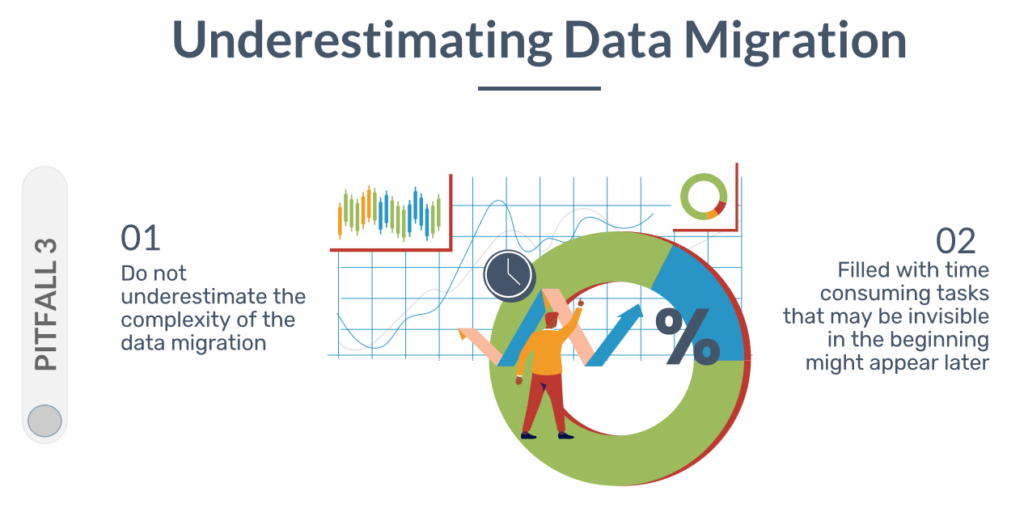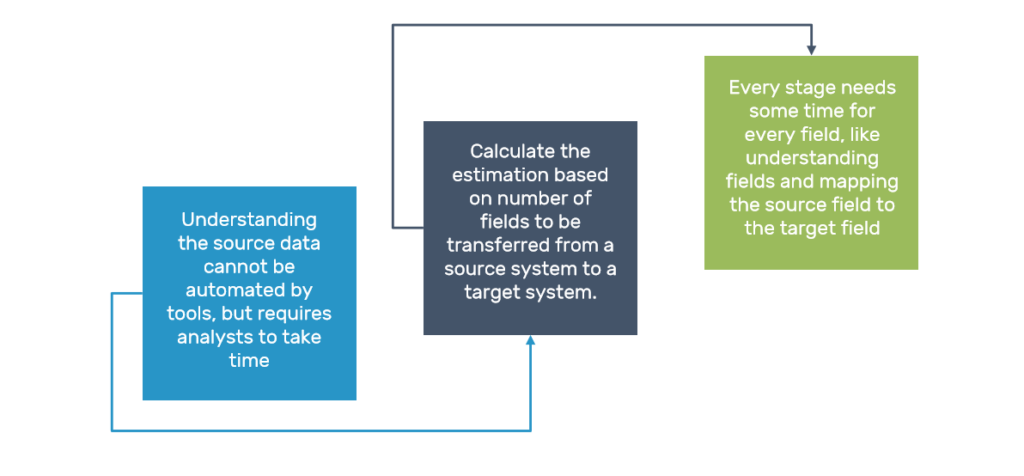Is data migration a simple copying process? Most of us have this misconception about migration. Unfortunately, it’s way more complex than one initially imagined and it’s not as easy as just copying data from one live system to another. We often see a lot of people make this blunder of underestimating the process.
 However, without any proper mapping or data cleansing, the migration process won’t make any sense and you’ll eventually end up with massive errors in the system. Who wants that? Even though data migration is a lengthy process due to the ginormous amount of records that need to be transferred, nobody has time to stretch it to infinity.
However, without any proper mapping or data cleansing, the migration process won’t make any sense and you’ll eventually end up with massive errors in the system. Who wants that? Even though data migration is a lengthy process due to the ginormous amount of records that need to be transferred, nobody has time to stretch it to infinity.
You may not realize the complexity of the migration process in the beginning but once you start, you’ll have time-consuming tasks that were unknown to you at the start of the project. So the point is to always analyze what needs to be done before moving ahead.
Estimate Realistically
 Understand the source data. Make sure that the source data is analyzed by the analysts who know them best. They are the experts who can tell you exactly what needs to be migrated or purged, or archived as well as what is not required. Hence why you need to take approval from them before starting.
Understand the source data. Make sure that the source data is analyzed by the analysts who know them best. They are the experts who can tell you exactly what needs to be migrated or purged, or archived as well as what is not required. Hence why you need to take approval from them before starting.
Be aware that estimations are not always done based on the number of records. That is of course one of the criteria. However, it also depends on the number of fields that needs to be transferred. Calculate the estimation based on the number of fields that needs to be transferred from a source system to a target system. You could have just two fields, or there could be numerous fields. So you have to make sure that you estimate properly to avoid confusion and this can only be done if you have analyzed the data structure before migration.
To analyze the data structure you have to first understand the data structure of the source system and the target system. Then depending on your data structure estimation, you will get to know how many fields are there for their map. This is a crucial factor that decides if you have made the estimation correctly. Every stage and every field such as understanding fields and mapping resources needs you to take some time. So take data migration seriously, estimate it realistically, and make a plan before moving ahead to the next step.
Read our next blog of this series and Ignoring Data Quality: FinancialForce Data Migration in Certinia.





